9 Nurse AI Robots That Are Changing Healthcare in 2025
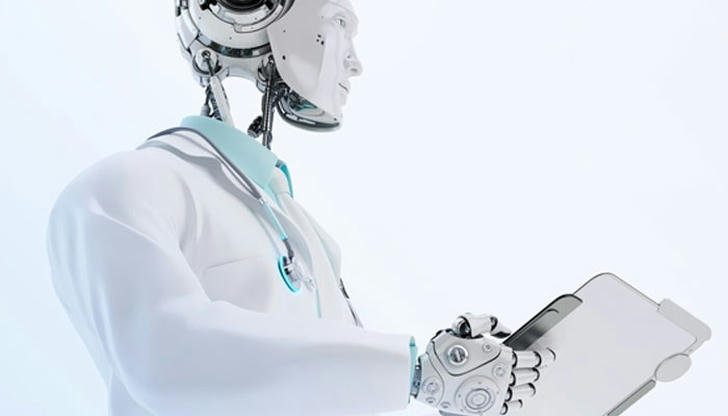
As global healthcare systems continue to battle staffing shortages, an aging population, and rising operational costs, a new kind of hero is quietly transforming patient care: AI-powered nurse robots. Far from the realm of science fiction, these machines are already working side by side with human nurses in hospitals, clinics, and even private homes. In 2025, they’re not just assisting—they’re redefining what modern healthcare looks like.
Here are 9 nurse AI robots that are leading the charge in revolutionizing healthcare this year.
1. Moxi – The Efficient Hospital Courier
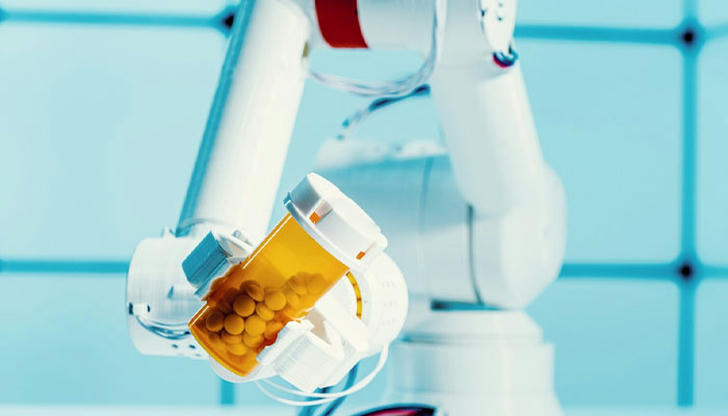
Designed by Diligent Robotics, Moxi is a robotic assistant built specifically for hospital environments. While Moxi doesn’t directly interact with patients in a clinical sense, it takes care of critical—but time-consuming—tasks like delivering medications, collecting lab samples, and restocking supplies.
By automating these logistical tasks, Moxi frees up human nurses to focus on what they do best: patient care. In 2025, hospitals across the U.S. report a noticeable drop in nurse burnout rates thanks to Moxi’s support.
2. Grace – The Elderly’s Empathetic Companion
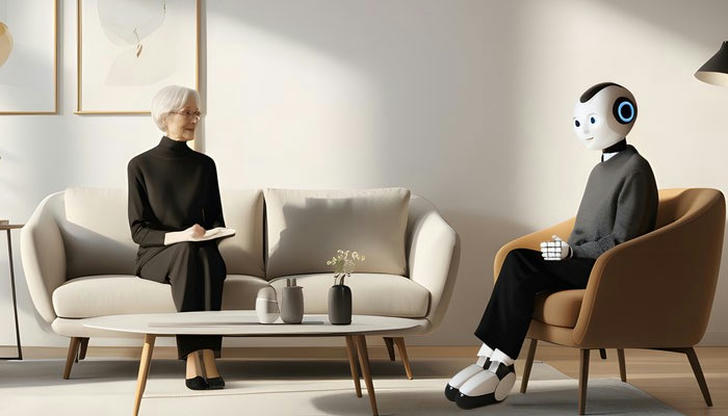
Developed by Hanson Robotics (the same creators of Sophia), Grace is designed for elder care and emotional support. Her human-like face, calming voice, and fluent speech in multiple languages allow her to build rapport with patients, particularly seniors dealing with loneliness, dementia, or long-term conditions.
In many elder care facilities in Asia and Europe, Grace now assists with checking vital signs, reminding patients to take medication, and even leading simple exercises or conversation therapy.
3. TEMI – The Remote Monitoring Sidekick

The TEMI Healthbot has become a household name in smart home care. This autonomous robot glides through the home environment, connecting patients with healthcare providers via video calls, collecting basic health data, and reminding patients about medications and doctor’s appointments.
Especially popular among seniors living alone, TEMI ensures that no one is truly isolated, even in remote areas. In 2025, it’s increasingly used in "hospital-at-home" models for chronic condition management.
4. GaitSmart Assistant – The Physical Therapy Coach
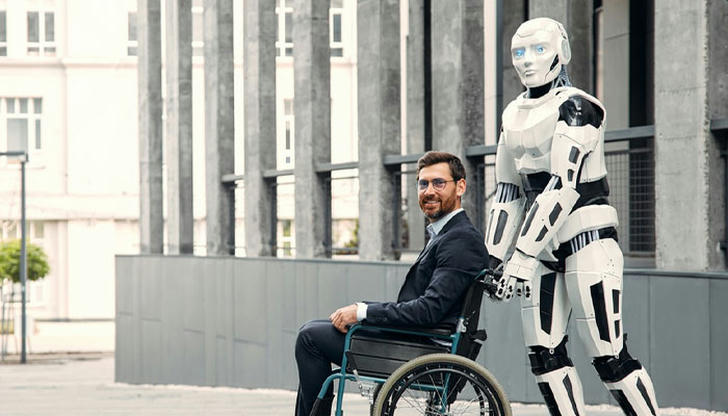
Rehabilitation after surgery or injury is a long and often frustrating journey. The GaitSmart Assistant makes it more precise and data-driven. This AI-powered tool analyzes a patient’s walking pattern and provides real-time feedback to optimize recovery exercises.
Used in rehabilitation centers in Europe and North America, this robot adjusts treatment plans on the fly, helping patients regain mobility faster while reducing the need for constant human supervision.
5. Pillo Health Companion – Your Personal Health Buddy
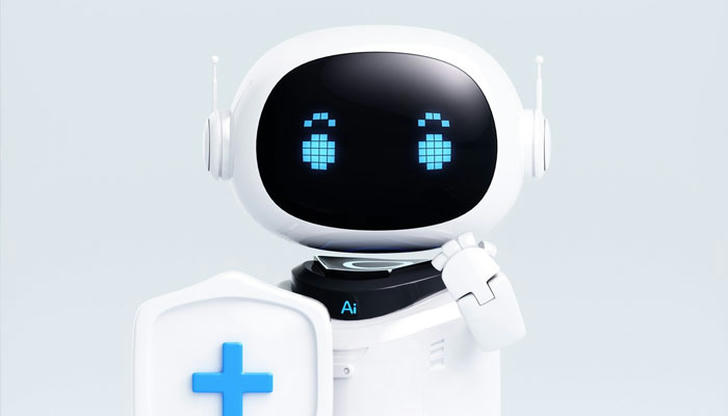
Designed for at-home chronic care, Pillo is an AI-powered health assistant that uses voice recognition and facial scanning to deliver personalized reminders, track medication adherence, and answer basic health questions.
It’s especially useful for elderly individuals managing diabetes, heart disease, or high blood pressure. In 2025, Pillo is part of many smart home healthcare packages, supporting aging-in-place with dignity and ease.
6. Florence – The AI Nurse Chatbot
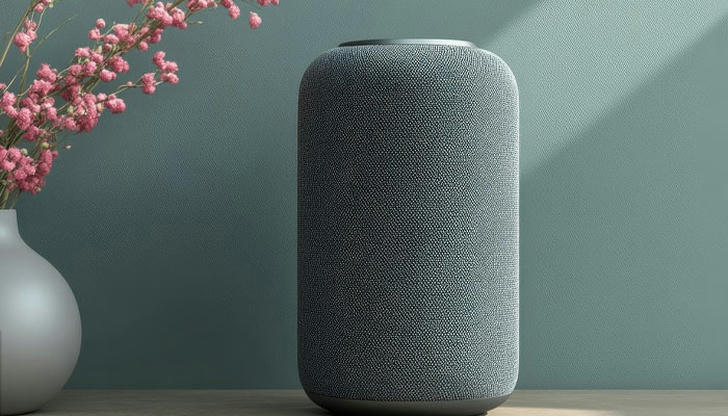
Florence may not have a body, but she’s one of the most accessible nurse robots out there. This AI chatbot is integrated into smartphones and smart speakers, offering 24/7 assistance with medication reminders, symptom checking, and basic health advice.
By harnessing natural language processing and up-to-date medical databases, Florence helps users make informed decisions—often serving as the first step before seeing a doctor. In 2025, she’s a go-to resource for tech-savvy seniors and busy caregivers alike.
7. Robear – The Gentle Giant for Patient Lifting
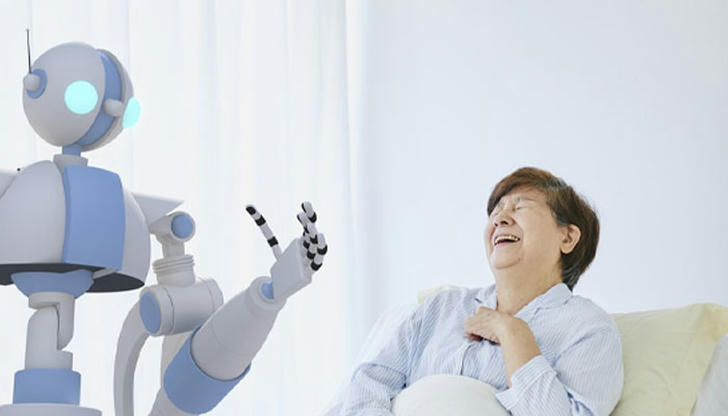
From Japan comes Robear, a large yet gentle robot built to help move patients from beds to wheelchairs or bathrooms. It combines advanced sensors and soft mechanical arms to safely lift people with mobility challenges, particularly in elder care settings.
Robear is designed to reduce the physical strain on caregivers, many of whom suffer from back problems due to repetitive lifting. In 2025, it’s being trialed in multiple long-term care facilities across Japan.
8. Nightingale AI – The Digital Documentation Assistant
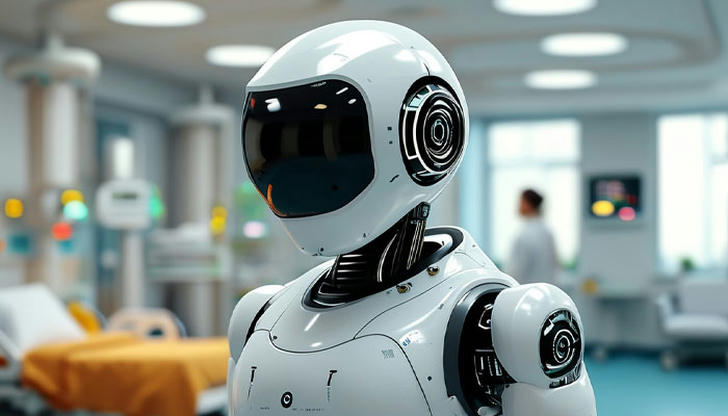
One of the major sources of burnout among nurses is paperwork. Nightingale AI is changing that. This voice-activated assistant helps nurses document patient information in real-time, transcribe interactions, and alert staff about abnormalities.
By integrating with hospital EMR systems, Nightingale reduces charting time and improves accuracy. In 2025, it’s being adopted in many fast-paced hospital environments to streamline workflows and enhance patient safety.
9. TUG – The Autonomous Delivery Bot
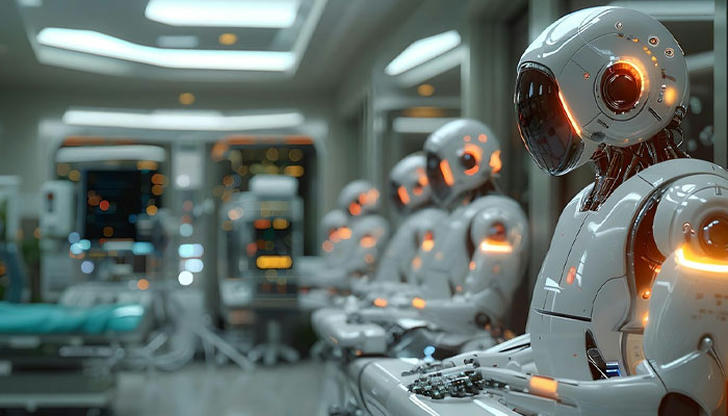
Imagine a tireless robot that can deliver linens, meals, or medications across a busy hospital without needing an escort. That’s TUG, developed by Aethon. Using sensors and mapping software, TUG navigates complex layouts while avoiding obstacles and people.
In 2025, large hospital chains are increasingly relying on TUG to maintain smooth logistics operations, reducing delays and freeing up staff for more critical tasks.
Why These Robots Matter
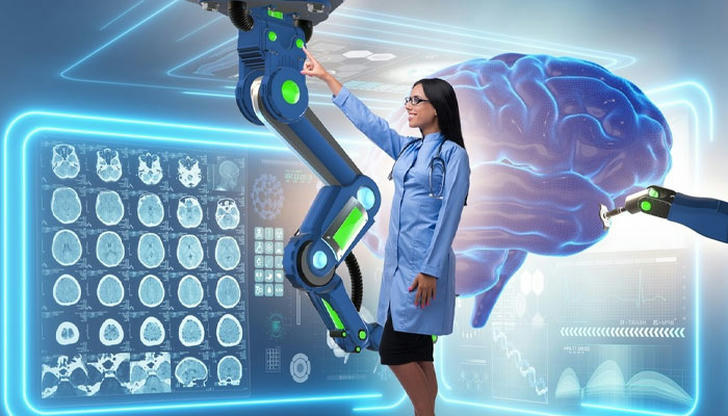
These AI nurse robots are not replacing human caregivers—they’re augmenting them. By handling repetitive, physically demanding, or time-consuming tasks, they give nurses more time to provide the compassionate, one-on-one care that machines can’t replicate.
Moreover, in a world where healthcare demand far outpaces supply, especially with aging populations, these intelligent assistants are a vital lifeline. They offer round-the-clock monitoring, reduce errors, and promote independence for those who need it most.
Looking Ahead
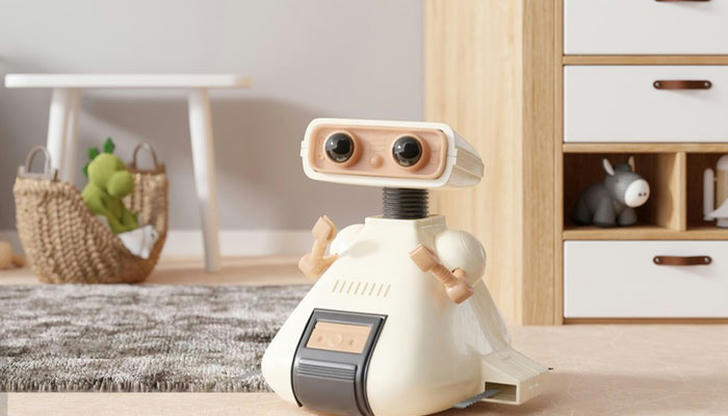
As technology continues to advance, the role of AI nurse robots will only grow more significant. From hospitals and nursing homes to private residences, they are quietly changing the face of modern healthcare—making it smarter, safer, and more human-centered.
In 2025, nurse robots aren’t the future. They’re already here—and they’re making a difference.
